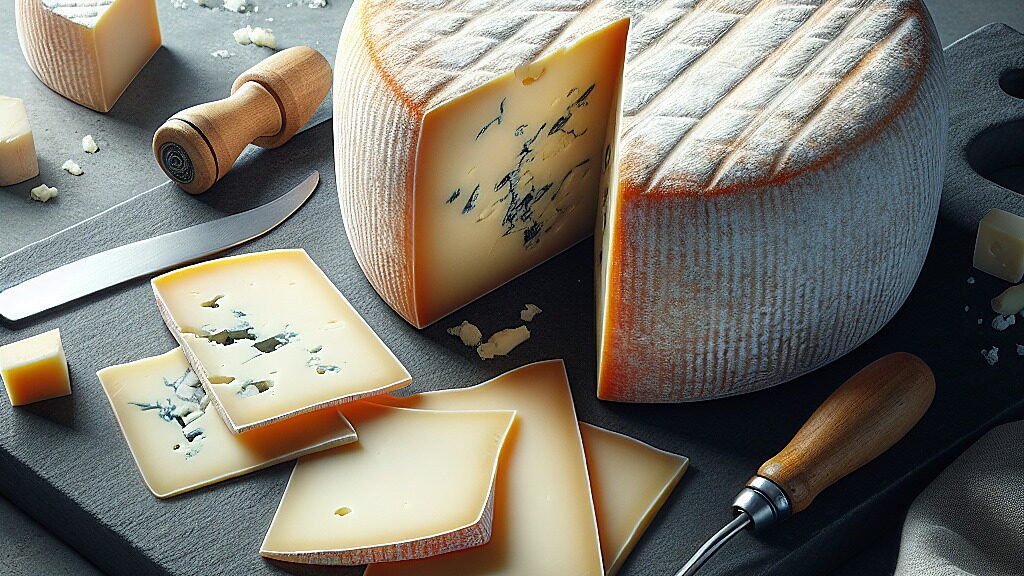Strong Aroma Cheese
Definition and Scope
Strong aroma cheeses are defined by their potent, complex olfactory profiles resulting from specific aging processes and microbial activity. These cheeses develop intense smells through proteolysis and lipolysis during maturation. Their aromas range from pungent and earthy to sharp and ammonia-like.
This category includes washed-rind cheeses, blue cheeses, and certain aged varieties where aroma intensity is a defining characteristic. The strength is measured both subjectively and through volatile compound analysis. These cheeses represent a significant segment of artisan and traditional cheese production worldwide.
Production Methods
Strong aroma development begins with specific starter cultures and aging conditions that encourage microbial growth. Washed-rind cheeses undergo regular brine or alcohol washing to promote Brevibacterium linens growth. Blue cheeses are pierced to introduce oxygen for Penicillium roqueforti development.
Aging duration significantly impacts aroma intensity, with longer maturation creating more complex volatile compounds. Temperature and humidity control during aging are crucial for proper aroma development. Some producers use specific aging caves or rooms to cultivate unique aromatic profiles.
Sensory Profile
The aroma profile typically features sulfur compounds, ammonia, and various fatty acids that create distinctive smells. These cheeses often present notes of barnyard, mushrooms, or fermented fruits alongside their primary pungency. The intensity can be overwhelming to unaccustomed consumers but indicates proper aging.
Flavor profiles typically match the aromatic intensity with robust, complex tastes that linger on the palate. Texture ranges from semi-soft to hard depending on moisture content and aging duration. The rind often contributes significantly to the overall aromatic experience.
Culinary Applications
Strong aroma cheeses serve as flavor anchors in cheese boards and gourmet preparations where their intensity can stand alone. They pair well with robust accompaniments like crusty bread, dried fruits, and full-bodied wines that can match their power. Cooking mellows their aroma while adding depth to sauces and baked dishes.
These cheeses are traditionally used in regional dishes where their strong character defines the culinary experience. Modern chefs use them to create bold flavor contrasts in composed dishes. Proper storage is essential to prevent their aromas from permeating other foods.
Regional Examples
France produces notable strong aroma cheeses including Époisses, Livarot, and Maroilles from the washed-rind tradition. These cheeses are protected by AOC designations that specify production methods and regions. Their aromas develop through specific washing techniques using local ingredients.
Italy contributes Gorgonzola and Taleggio, while England produces Stilton and Stinking Bishop. German Limburger represents another classic example of the washed-rind style. Each region’s microbial environment and traditional methods create distinct aromatic signatures.

